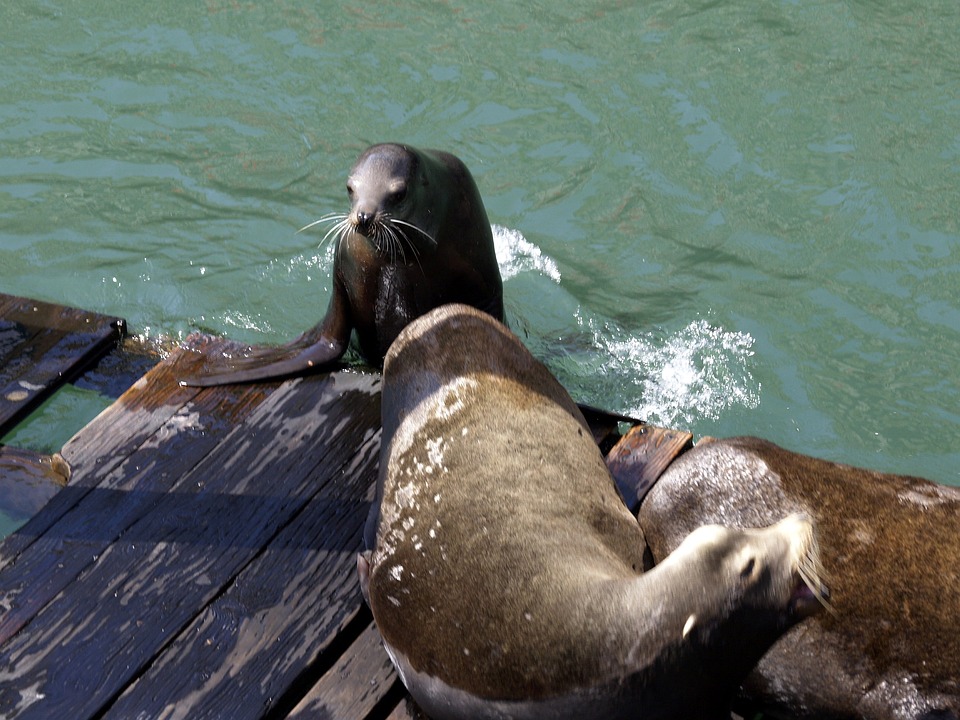Understanding Fish Tank Dropsy: Causes, Symptoms, and Prevention
Introduction:
When it comes to maintaining a healthy fish tank, understanding the various health issues that can affect your aquatic friends is crucial. One such condition that can be alarming and potentially fatal is dropsy. In this article, we will delve into the causes, symptoms, and prevention methods to help you better understand dropsy in fish.
I. What is Dropsy?
Dropsy, also known as ascites, is a condition that affects fish, causing their bodies to swell due to fluid accumulation. It is not a disease itself but rather a symptom of an underlying health issue. Dropsy can affect both freshwater and saltwater fish and is often a sign of significant internal damage.
II. Causes of Dropsy:
1. Poor Water Quality:
– Ammonia and nitrite spikes
– High nitrate levels
– Low oxygen levels
– High pH levels
2. Bacterial Infections:
– Aeromonas and Pseudomonas bacteria
– Bacterial kidney disease
– Internal bacterial infections
3. Parasites:
– Internal parasites such as tapeworms and flukes
– External parasites like anchor worms and fish lice
4. Organ Failure:
– Kidney failure
– Liver disease
– Heart issues
III. Symptoms of Dropsy:
1. Swollen Body:
– Bloated abdomen
– Raised scales resembling a pinecone
2. Loss of Appetite:
– Refusing to eat or showing reduced interest in food
3. Lethargy and Abnormal Behavior:
– Unusual swimming patterns
– Resting at the bottom of the tank
– Difficulty maintaining balance
4. Pale Gills and Eyes:
– Dull coloration of gills and eyes
IV. Prevention of Dropsy:
1. Maintain Optimal Water Quality:
– Regular water parameter testing
– Adequate filtration system
– Consistent water changes
2. Quarantine New Fish:
– Isolate new fish for observation before introducing them to the main tank
– Treat any signs of illness promptly
3. Balanced Diet:
– Provide a varied and nutritious diet
– Avoid overfeeding
4. Avoid Overstocking:
– Ensure the tank has sufficient space for the number and size of fish
5. Stress Reduction:
– Provide hiding spots and suitable tank mates
– Maintain a consistent and calm environment
FAQs (Frequently Asked Questions):
Q1. Can dropsy be cured?
A1. Dropsy itself cannot be cured, but treating the underlying cause may help improve the fish’s condition.
Q2. Should I euthanize a fish with dropsy?
A2. If the dropsy is severe, the fish is in pain, and the chances of recovery are slim, euthanizing may be considered as a humane option.
Q3. How can I prevent dropsy in my fish?
A3. Maintaining optimal water quality, quarantining new fish, providing a balanced diet, avoiding overstocking, and reducing stress are essential preventive measures.
Q4. Can dropsy be contagious to other fish?
A4. Dropsy itself is not contagious, but the underlying causes, such as bacterial infections or parasites, can be transmitted to other fish.
Q5. Can dropsy occur in all fish species?
A5. Dropsy can affect both freshwater and saltwater fish, regardless of their species, but some may be more prone to certain causes of the condition.
In conclusion, dropsy is a distressing condition that indicates an underlying health problem in fish. By understanding the causes, recognizing the symptoms, and implementing preventive measures, you can help maintain a healthy environment for your aquatic companions. Regular monitoring, prompt treatment, and proper care will go a long way in keeping your fish happy and dropsy-free.









